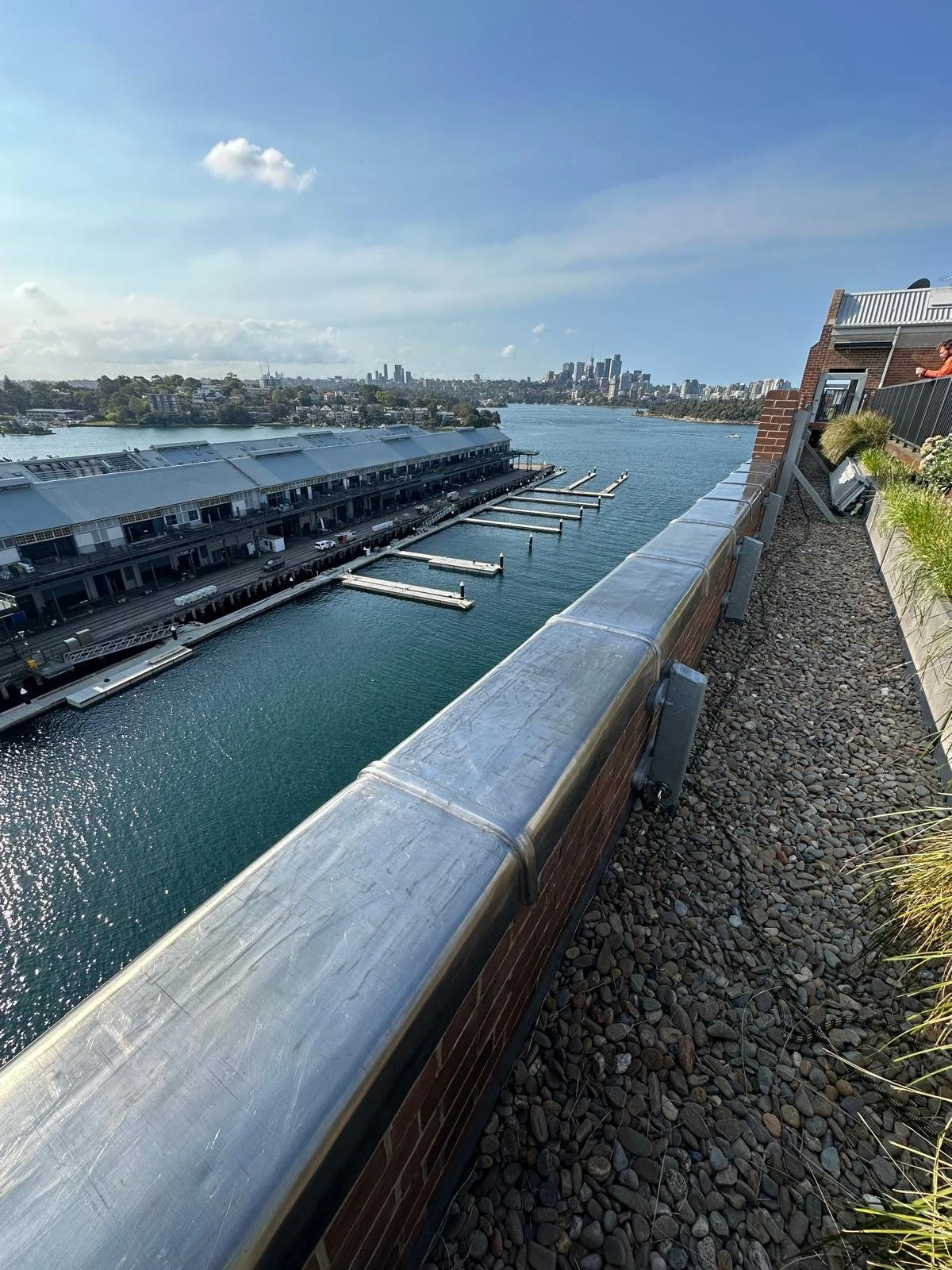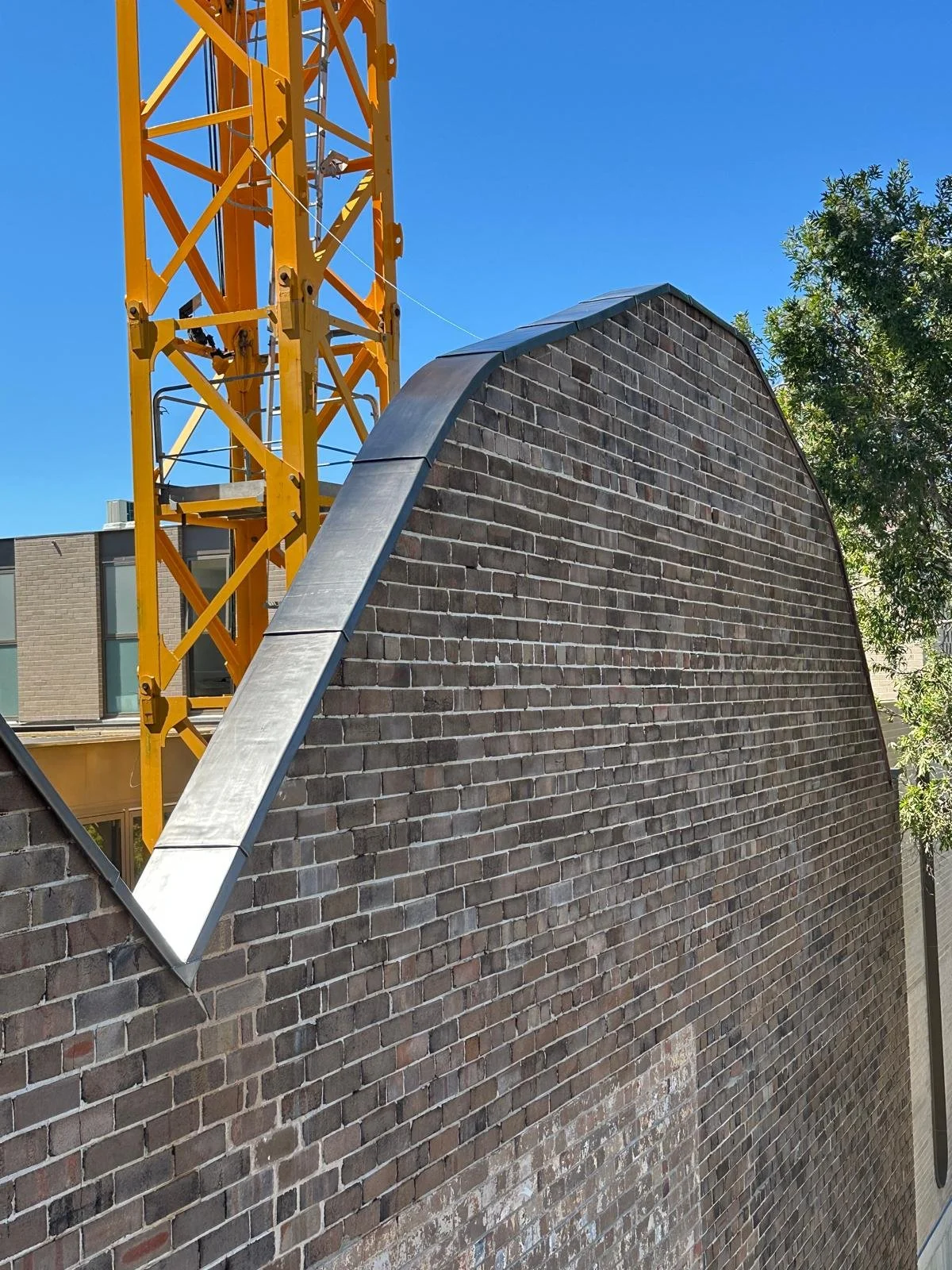Lead Capping
Lead capping is where a sheet lead flashing is installed over a parapet to protect it so water does not penetrate through the building and cause damage to the parapet itself. Generally, the parapet will be constructed out of stone or brick and depending on whether the capping is flat or on a pitch will determine which jointing method is used. A lead capping is becoming increasingly popular in today’s construction industry due to the many benefits it provides
Benefits of Lead Capping
Stops Water Penetration
Whether stone or brick, water will penetrate and absorb into the wall which can then lead to dampness progressing down into the inside of the building. With the wall exposed to the weather conditions the stone or brick will eventually deteriorate and break down. By installing a lead capping, you will eliminate both issues and protect the wall for many years.
Aesthetically pleasing
No one like to look at an old weather wall especially if it is showing signs of wear and tear. Installing a lead capping not only protects the wall by also improves the looks of the wall too. By covering up the broken/cracked stone and leaving a smooth grey finish.
Long Lasting
Lead is known to last well over 50 years if installed correctly, sometimes lasting over 100 years which outlasts any man-made alternative.
Protection from Weather and Corrosion
Lead is extremely durable and resistant to the weather and all the other environmental factors, therefore, by using a lead capping you will protect the wall/parapet for a very long time.
Cost effective
If a wall is already showing signs of wear and tear, then installing a lead capping is most cost-effective solution. Repairing stones is considerably more expensive than installing a lead capping, and if left uncovered the new stone will eventually deteriorate too. If covered with lead then you will most likely get away without any repair work and the wall will be protected from any further damage, will reduces future spending in repairs in the years to come.




